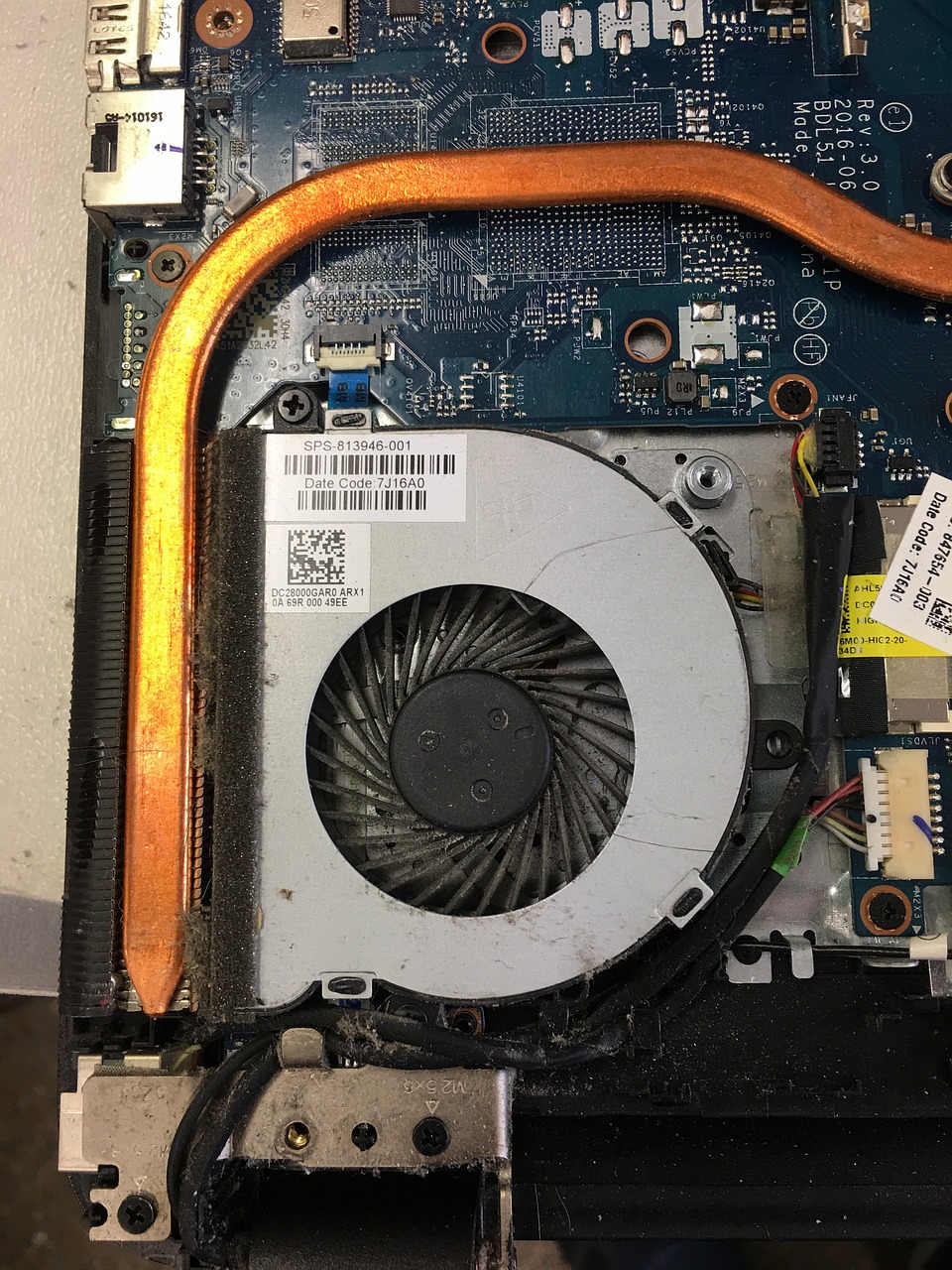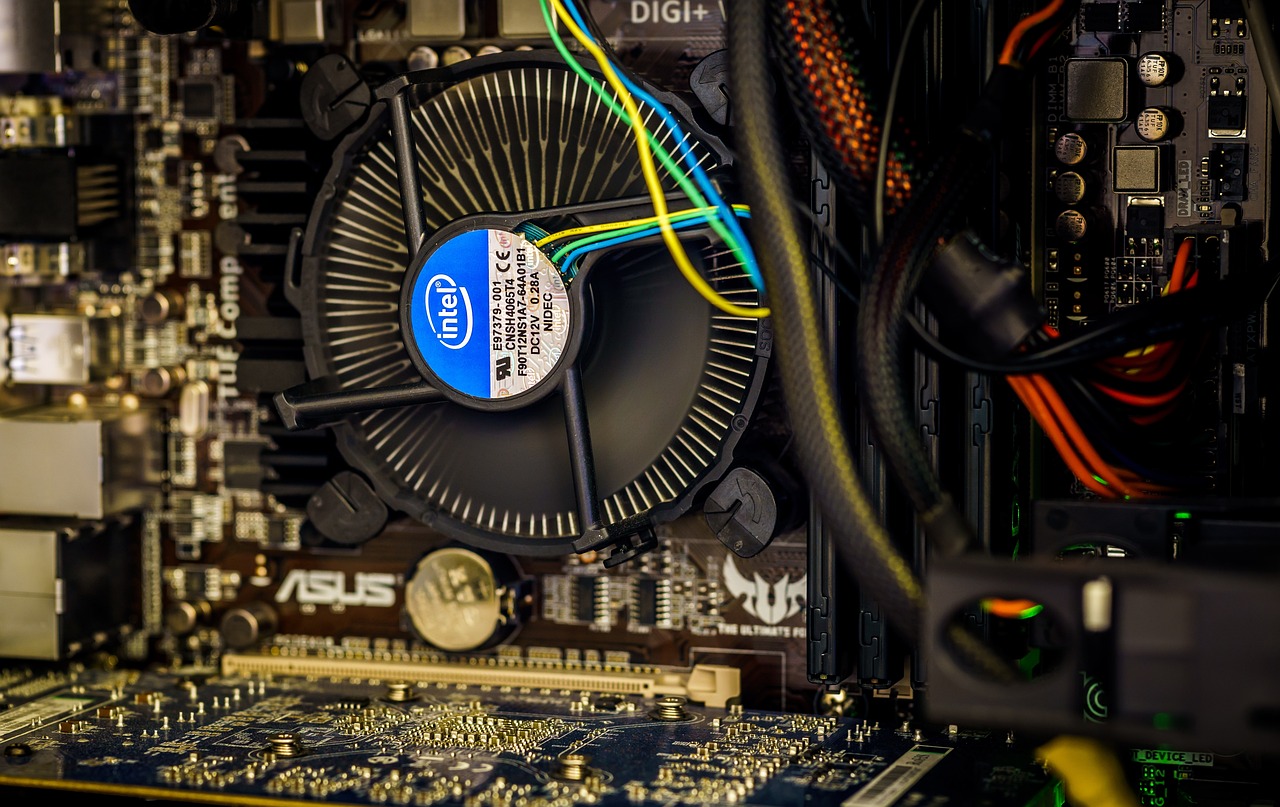




If you’ve ever wondered how to check the temperature of your laptop’s CPU, look no further! Keeping track of your CPU’s temperature is essential for maintaining its health and performance. In this article, we will explore various methods and tools that you can use to easily check the temperature readings of your laptop’s CPU. By monitoring this crucial data, you can ensure that your laptop stays cool and avoids any potential overheating issues. So let’s dive in and discover how you can keep your laptop running smoothly with just a few simple steps!
Use Manufacturer Software
Many laptop manufacturers provide their own software that allows users to monitor the temperature readings of their CPU. This software is often designed specifically for the laptop model and can provide accurate and detailed information about the CPU’s temperature. To access this software, you can usually find it pre-installed on your laptop or download it from the manufacturer’s website. Once installed, simply open the software and look for the CPU temperature readings.
Use Third-Party Software
If your laptop does not have manufacturer-provided software or if you prefer to use a third-party solution, there are many options available. Third-party software offers a wider range of features and customization options compared to manufacturer software. Some popular third-party CPU temperature monitoring software include Core Temp, HWMonitor, and SpeedFan. These software programs provide real-time temperature readings, as well as other information such as CPU usage and fan speeds.

Use BIOS
Another way to check the temperature readings of your laptop’s CPU is through the BIOS (Basic Input/Output System). BIOS settings can vary depending on the laptop model, so you may need to refer to your manufacturer’s documentation for specific instructions. Generally, you can access the BIOS by restarting your laptop and pressing a specific key (such as F2 or Delete) during the startup process. Once in the BIOS menu, navigate to the hardware or temperature section to find the CPU temperature readings.
Use Command Prompt
For tech-savvy users who prefer command-line interfaces, checking CPU temperature readings using Command Prompt can be a viable option. Windows users can open Command Prompt by pressing the Windows key, typing “cmd,” and pressing Enter. From there, you can use various commands, such as WMIC TemperatureProbe or WMIC Temperature as shown in the manufacturer’s documentation, to retrieve temperature data. However, keep in mind that this method may require advanced knowledge and may not provide as detailed information as other software solutions.

Use Task Manager
If you are running a Windows operating system, you can also check CPU temperature readings using the built-in Task Manager utility. To access Task Manager, right-click on the taskbar and select “Task Manager” from the menu that appears. In Task Manager, navigate to the “Performance” tab and select “CPU” from the options on the left. Here, you will find real-time CPU temperature readings displayed as a graph. While this method may not provide as much detail as dedicated temperature monitoring software, it offers a quick and convenient way to check CPU temperature without installing additional programs.
Use CPU-Z
CPU-Z is a popular and widely used software that provides detailed information about various aspects of your computer’s hardware, including CPU temperature. To use CPU-Z, simply download and install the software from the official website. Once installed, open the program and navigate to the “CPU” tab. Here, you will find information such as CPU model, temperature, voltage, and clock speed. CPU-Z offers a straightforward and user-friendly interface, making it a great option for both beginner and advanced users.

Monitor CPU Temperature
Knowing the temperature of your laptop’s CPU is essential for ensuring optimal performance and preventing overheating. High CPU temperatures can lead to system instability, decreased lifespan of components, and even permanent damage. Therefore, it is important to regularly monitor the temperature of your CPU, especially during intensive tasks such as gaming or video editing. By using the methods mentioned above, you can keep an eye on your CPU temperature and take appropriate measures if necessary, such as adjusting fan speeds or cooling solutions.
Monitor GPU Temperature
In addition to the CPU, it is also important to monitor the temperature of your laptop’s GPU (Graphics Processing Unit). GPUs can generate a significant amount of heat, especially during graphically demanding tasks like gaming or rendering. Excessive GPU temperatures can cause performance issues, crashes, or even damage to the graphics card. To monitor GPU temperature, you can use the same software mentioned earlier, such as manufacturer software, third-party software, or tools like GPU-Z. Keeping an eye on GPU temperature ensures that your laptop’s graphics card stays within safe operating limits.
Monitor Fan Speed
The cooling system of your laptop plays a crucial role in maintaining proper temperature levels for the CPU and GPU. Fans help dissipate heat by circulating air through the laptop’s internals. Monitoring fan speed can provide valuable information about the cooling system’s effectiveness. Most temperature monitoring software, whether manufacturer-provided or third-party, also display fan speeds. If you notice abnormally high temperatures or increased fan speeds, it could indicate an issue with the cooling system, such as dust accumulation or a faulty fan. In such cases, cleaning the laptop’s internals or seeking professional assistance may be necessary.
Prevent Overheating
To prevent overheating and ensure optimal performance, it is important to take proactive measures. Here are some tips to prevent overheating:
Keep Your Laptop Clean: Dust and debris can accumulate over time and obstruct airflow, leading to higher temperatures. Regularly clean the laptop’s vents and internals using compressed air or a soft brush.
Use a Cooling Pad: Cooling pads are designed to provide additional airflow and help dissipate heat from the laptop. These pads typically have built-in fans and can significantly reduce temperatures during prolonged use.
Avoid Blocked Vents: Ensure that the laptop’s vents are not obstructed by placing it on a flat, hard surface. Avoid using your laptop on soft surfaces like beds or couches, which can restrict airflow.
Use Power Settings: Adjust your laptop’s power settings to preserve battery life and reduce heat generation. Decreasing the maximum processor state or enabling power-saving modes can help lower temperatures.
Limit Intensive Tasks: Avoid running heavy applications or performing resource-intensive tasks for prolonged periods. These tasks can put a significant load on the CPU and GPU, leading to increased temperatures.
By following these preventive measures and regularly monitoring temperature readings, you can help maintain your laptop’s performance and prolong its lifespan. Remember, it is always better to be proactive and take preventive action rather than dealing with the consequences of overheating.



